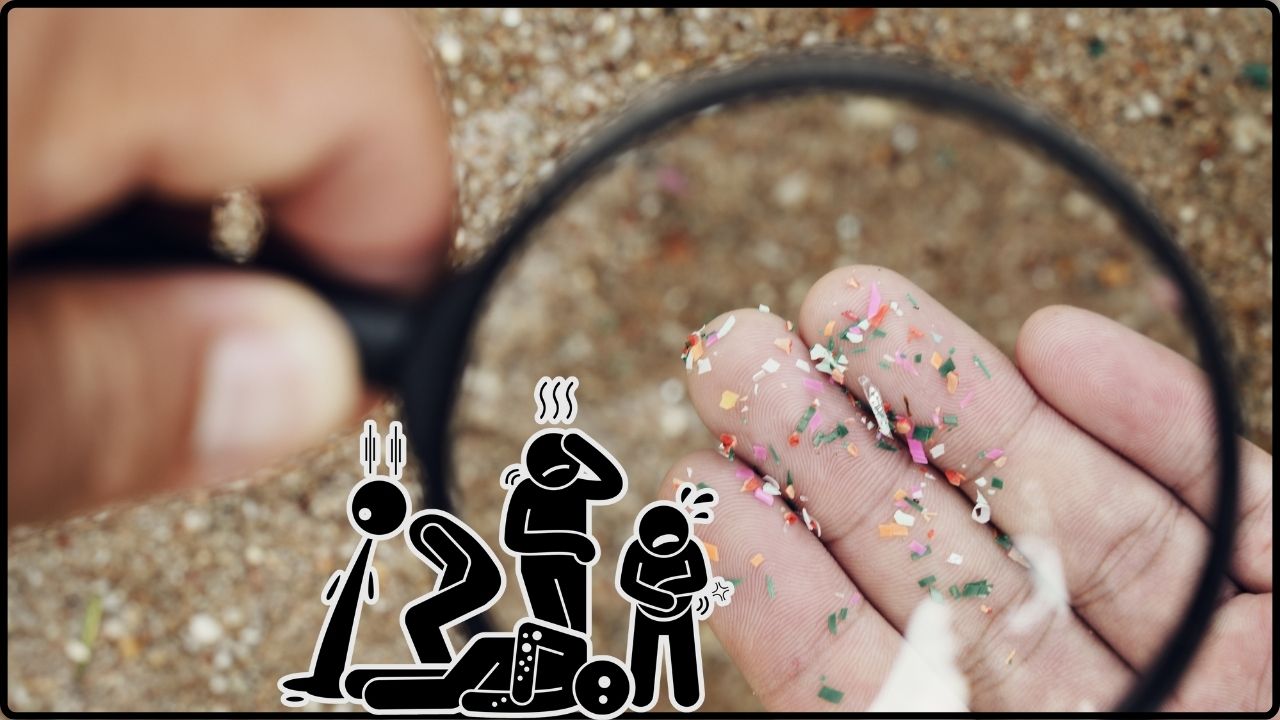Seal Impressions That Could Redefine Early Aegean Civilisation: uncovers a remarkable discovery: two 4,500‑year‑old seal impressions found on a Bronze Age jar handle at the Early Cycladic settlement Koimisis on Therasia, near Santorini. Dated to around 2700–2300 BCE, these impressions may represent the earliest form of proto‑writing in the Aegean region.
The jar fragment bears two distinct stamps: THS.1, featuring three horizontal rows of repeating symbols—spirals, leaf shapes, geometric motif—and THS.2, decorated with zigzags and triangles typical of Early Cycladic art. Petrographic and geochemical testing shows the clay originates from Naxos, implying a robust inter‑island trade network. Together, these factors may shift our understanding of early symbolic communication from Crete to include the Cyclades.
Seal Impressions That Could Redefine Early Aegean Civilisation
The Therasia seal impressions are not just ancient imprints—they’re messages echoing across time. They tell us people back then wanted to label, brand, and control info the same way we do now. Pre‑Crete, pre‑scripts—this jar proves Cycladic communities were already building systems of symbolic exchange. It shines a new light on early written communication, broadening the narrative of who and where innovation started. And it reminds us that any island, any culture, can be the birthplace of a world-changing idea.
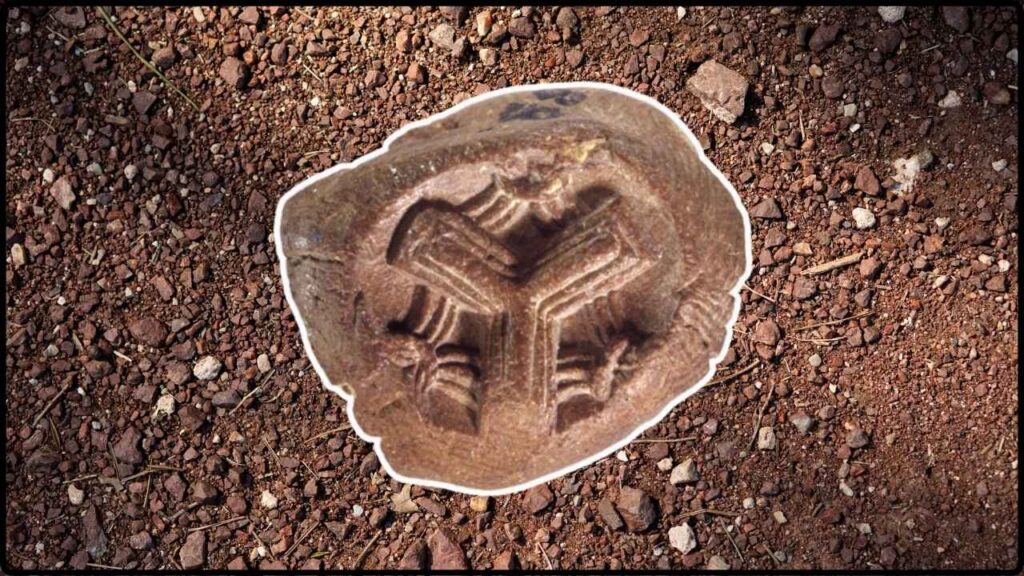
| Point | Detail |
|---|---|
| Discovery | THS.1 & THS.2 seal impressions on a jar handle—circa 2700–2300 BCE, Koimisis, Therasia |
| THS.1 | Organized symbols in three rows—potential proto‑script |
| THS.2 | Decorative motifs—likely logo or identity mark |
| Clay Origin | Petrographic & geochemical analysis confirms Naxos origin, indicating island‑wide exchange |
| Importance | Organized symbolism predates known Aegean scripts by 500–800 years |
| Source | Published in Annual of the British School at Athens, DOI: 10.1017/S0068245425000024 |
Context and Discovery
Early Bronze Age and Symbolic Use
Before this find, the earliest recorded scripts in the Aegean—Cretan Hieroglyphs (~2000 BCE) and Linear A (~1800–1450 BCE)—were Cretan in origin. The Cycladic Islands, despite being part of vibrant Bronze Age trade networks, lacked clear evidence of formal symbolic systems until now. Mainland sites (like Lerna and Geraki) showed seals, but Cycladic examples were rare and lack the ordered nature seen in this jar handle.
The Excavation
Led by archaeologists Dr. Kostas Sbonias, Iris Tzachili, and Georgia Kordatzaki, the excavation began in early 2025 at the Koimisis settlement, an Early Cycladic II domestic site. The jar fragment, part of a collapsed pithos, was carefully extracted, cleaned, 3D-scanned, and analyzed using high-resolution imaging to preserve the stamps. The find was documented down to the millimeter for publication.
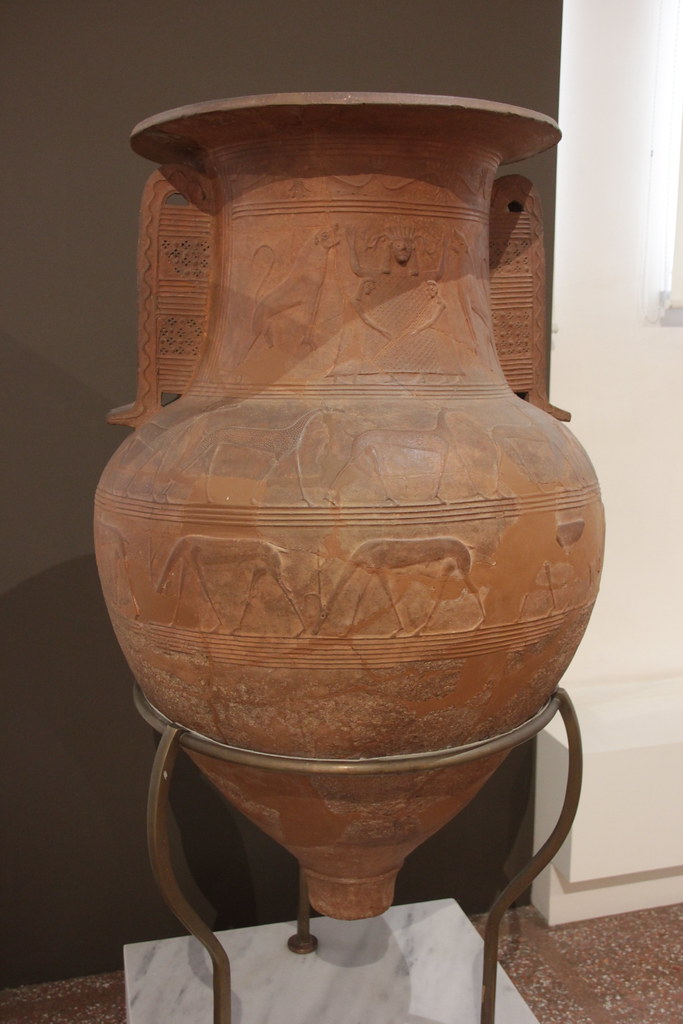
Why The Discovery of Seal Impressions That Could Redefine Early Aegean Civilisation Matters?
1. Pushing Back Aegean Symbolic History
The date range (2700–2300 BCE) suggests Cycladic communities developed organized symbolic systems centuries before Cretan scripts emerged. That’s a massive rewrite of the Aegean symbolic timeline.
2. Proto‑Writing in Practice
THS.1 isn’t formal text, but a structured grouping of repeated symbols arranged in rows signals an early information system—primitive but effective. Think of it like early tokens or stamps used to communicate ownership and value, similar to early writing developments elsewhere.
3. Dual‑Stamp Strategy
The combined use of THS.1 (symbolic message) and THS.2 (identity stamp) implies strategic communication—one stamp delivers info, the other conveys brand or authority. That dual function is very savvy for such ancient crafts.
4. Signs of Island‑Wide Commerce
Identifying Naxos clay substantiates a thriving trade system in the Cyclades. This jar likely carried goods between islands and needed identification—marking origins or ownership to keep them recognizable during transit.
5. Broadening the Narrative of Early Writing
This find shifts attention from Crete to include the Cyclades in early writing research—suggesting innovation was happening across the Aegean, not just on one island.
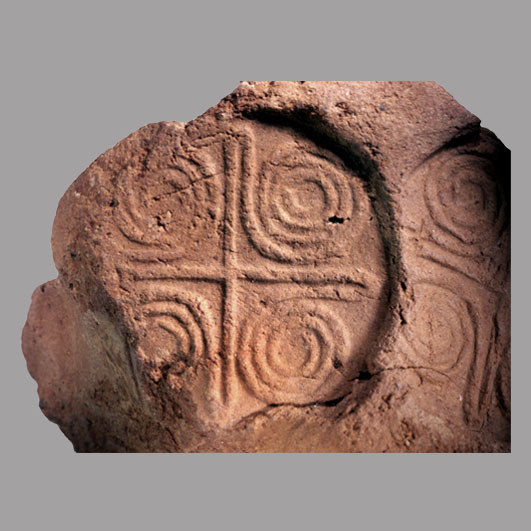
Detailed Guide for Researchers and Enthusiasts
A. Fieldwork and Excavation
- Re‑examine Cycladic sites with fresh eyes—tools and digital tech like microscopic imaging may identify similar seal impressions once overlooked.
- 3D‑scan every seal—cloud libraries of scans provide open‑access data for global researchers.
- Ensure meticulous recording—archaeologists should log stratigraphy, sample bones, charcoal, and organic remains to improve dating.
B. Laboratory Analysis
- High‑resolution iconography—examine motifs against known datasets, such as the Aegean Scripts Corpus.
- Geochemical profiling of clay—use petrography and XRF (X‑ray fluorescence) to trace trade and movement.
- Digital pattern recognition—deploy AI tools to spot symbol links across artifacts from Cyclades, Crete, and Anatolia.
C. Comparative Scholarship
- Compare designs with Cretan symbols and Anatolian seal motifs to check for visual or conceptual overlap.
- Study mainland seal use (Lerna, Geraki) to contrast urban vs. island administrative systems.
- Use ethnographic analogies—some Native American or African cultures used similar carving systems to mark ownership or use.
D. Publishing & Outreach
- Open‑access publication—share scans and findings via institutional repositories.
- Interactive exhibitions—collaborate with museums for tactile reproductions of the seals.
- Public‑facing media—blogs or videos explaining how a 4,500‑year‑old stamp was used to “label” olive oil in a way kids today can relate to.
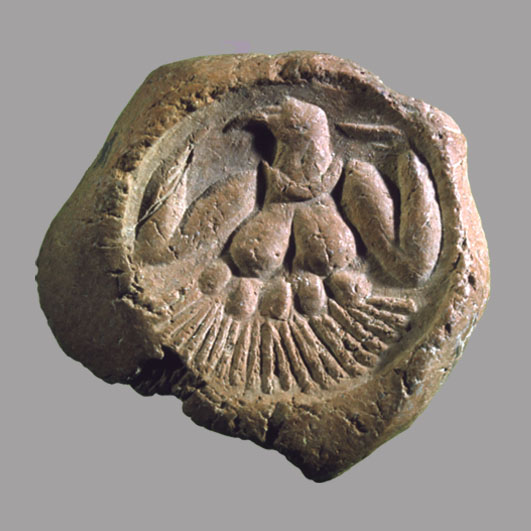
Practical Example: How THS.1 Might Read
Picture this: the jar carries three rows of symbols—perhaps fruit, spiral, basket, fruit, spiral.
- Row 1: “From Naxos”
- Row 2: “the P‑tribe”
- Row 3: “Olive Oil – 500L”
When the jar reaches Therasia, the person handling it sees the symbols, recognizes the origin, the owner, and the content—without hearing a single word spoken.
FAQs
Q1. Is THS.1 true writing?
No, it’s proto‑writing—ordered signs that convey meaning but don’t match spoken language.
Q2. How precisely are they dated?
Dated by ceramic stratigraphy, carbon dating of adjacent layers, and typology to 2700–2300 BCE (~4,200–4,500 years ago).
Q3. How big are the stamps?
Each seal is only a few centimeters, yet its symbolic implications are monumental.
Q4. What else could they mean?
They might mark the potter, the owner, the content, or trade route—multiple layers of meaning layered in a small stamp.
Q5. How many more might exist?
Likely more. Applying modern methods to old digs should unearth similar evidence. Cyclades might have dozens of stamped artifacts hidden in museum basements.
Breakthrough in Cholesterol and Cancer Research—Why This Discovery Has Doctors on Edge
After Studying 200 Kids, Researchers Found These 7 Parenting Habits in Every One of Their Homes
Vietnam’s Deep Secret Revealed: Rare New Sponge Species Discovered After Centuries
Expanding the Research Agenda
- Island‑wide survey: Systematic re‑examination using handheld XRF & digital scanning.
- Cross‑Aegean comparison: Assess early seals from Crete and Anatolia for design flow.
- Cataloguing symbolic use: Build a database of early symbolic systems—overlaps, differences, evolution.
- Engage Indigenous analogies: Many Native American societies used visual marks in ceremonial and practical contexts—parallels may guide interpretation of early stamps.
Broader Significance
- Redefines Cycladic art and administration—these seals weren’t just decoration; they communicated intent, identity, and connection.
- Reinforces the idea that writing is a process, not a moment: proto‑writing → script → full literacy.
- Highlights the power of trade—communication systems developed where exchanges happened.
- Sheds light on female and minority roles—some seals may have been used by women‑led households or smaller tribes for marking pottery; deserves targeted research.




